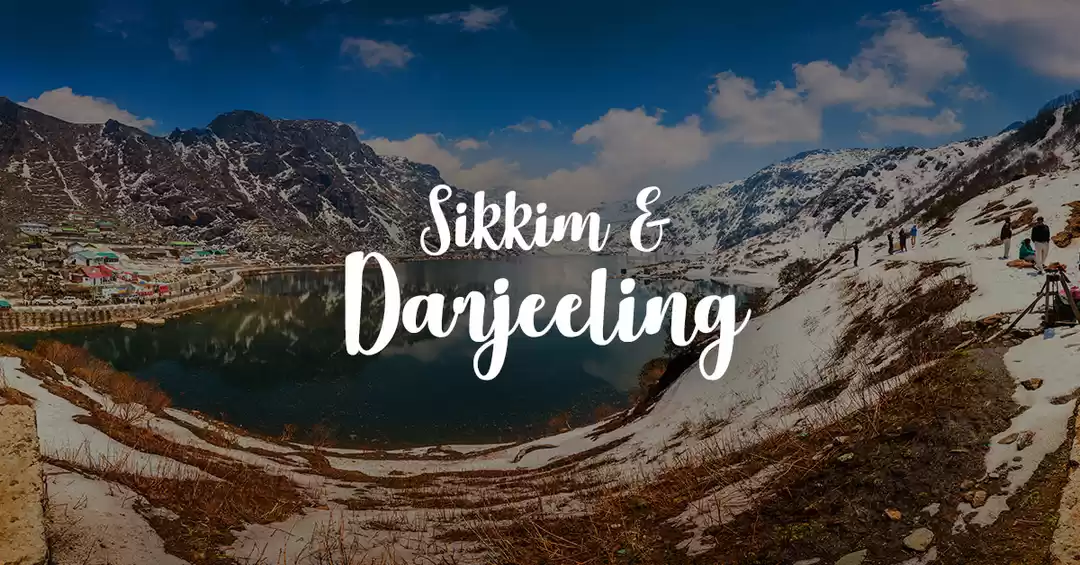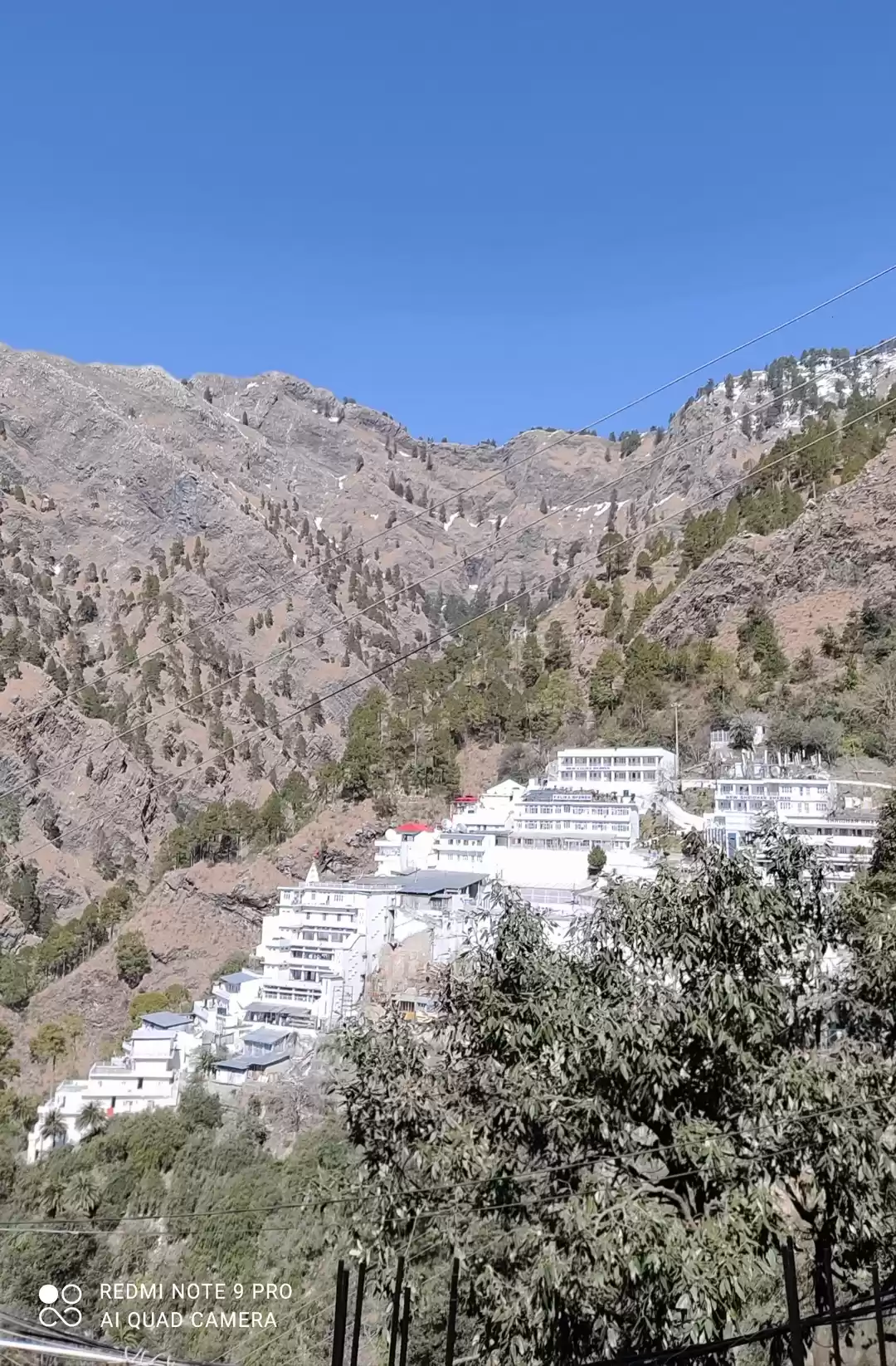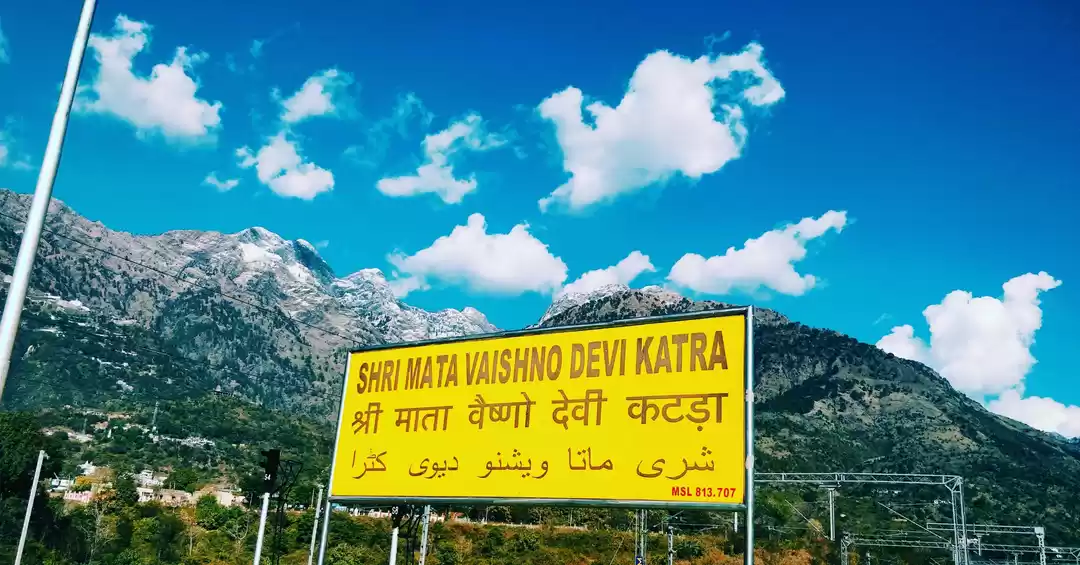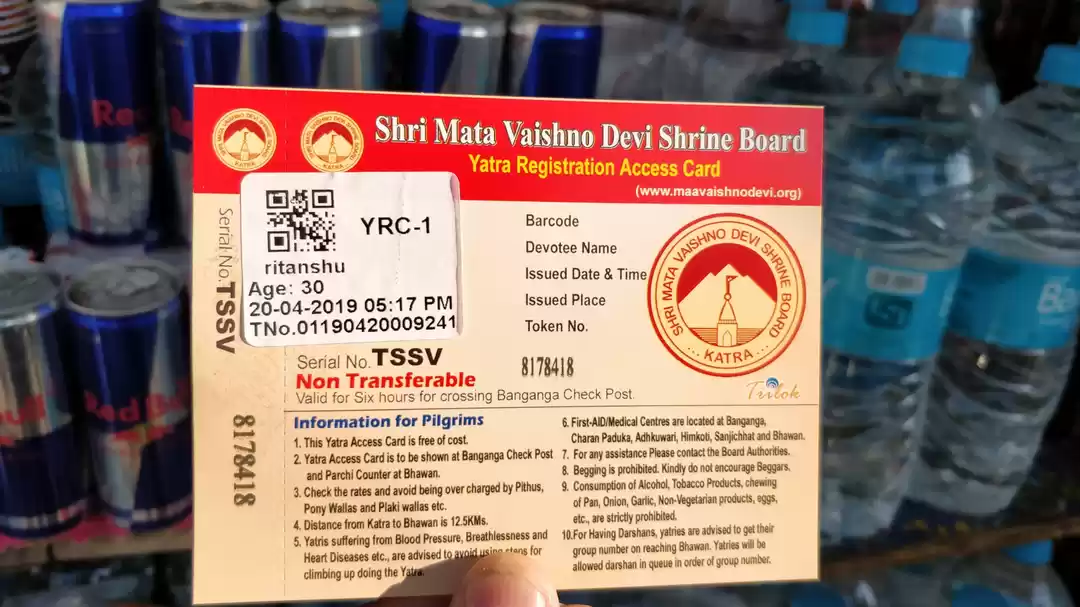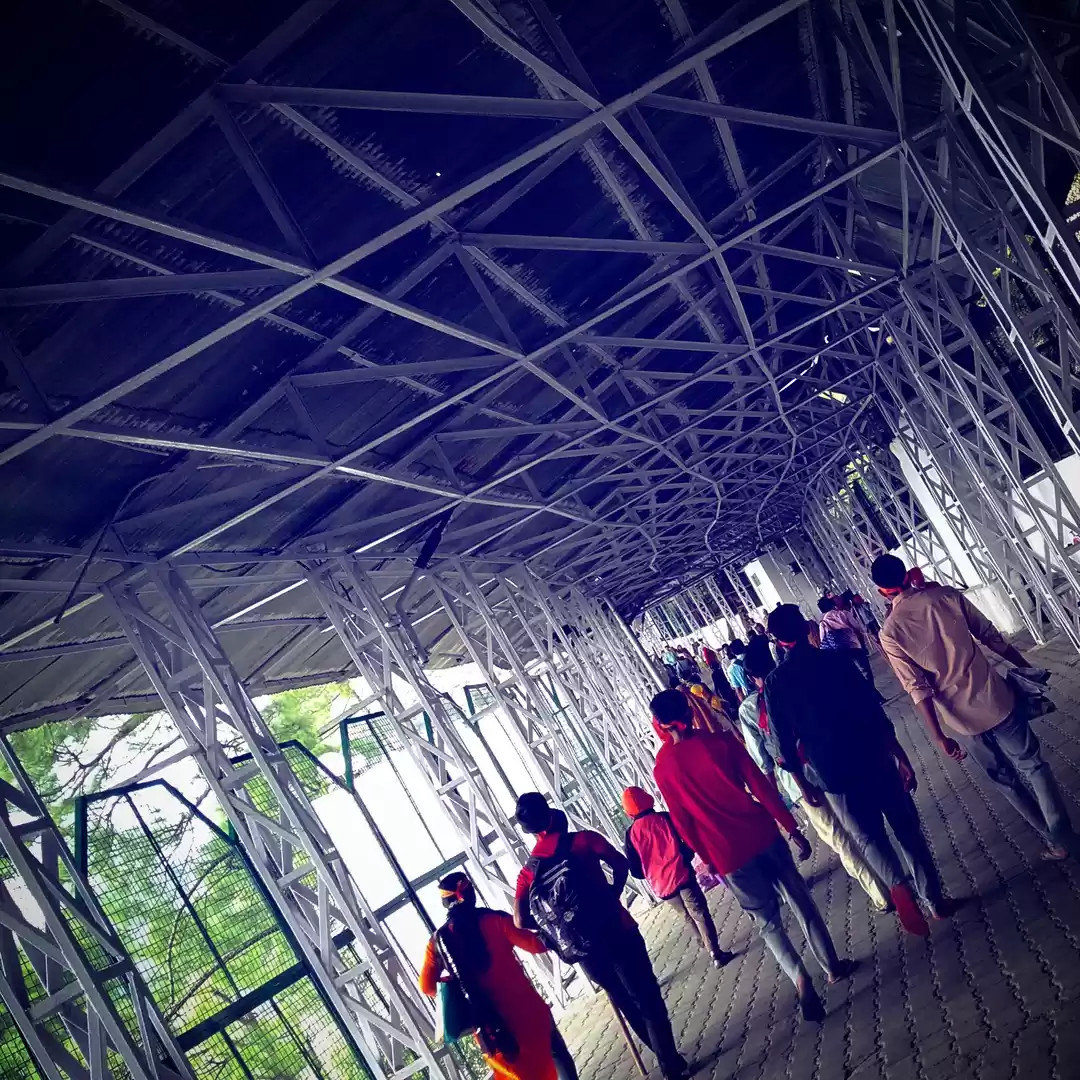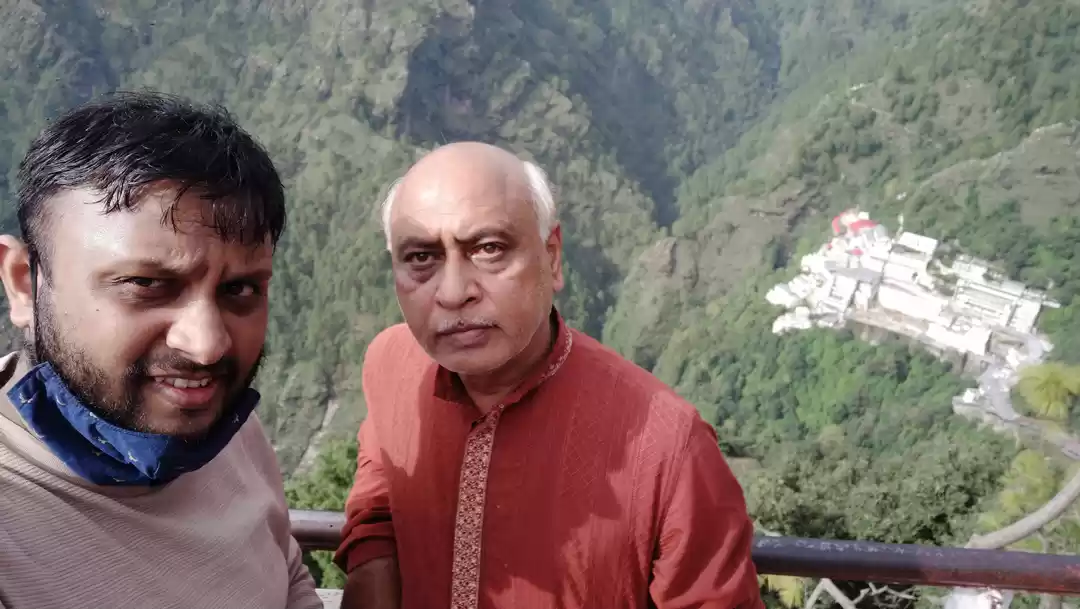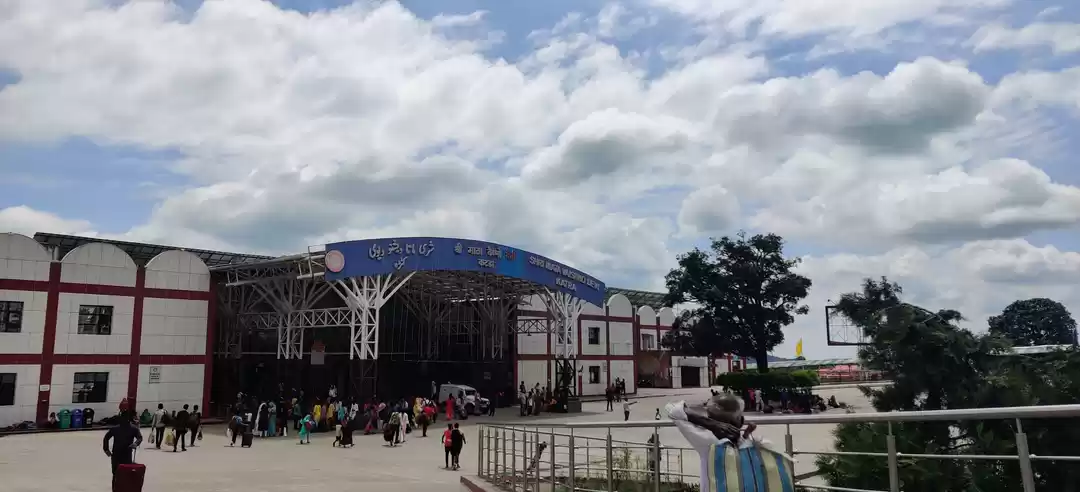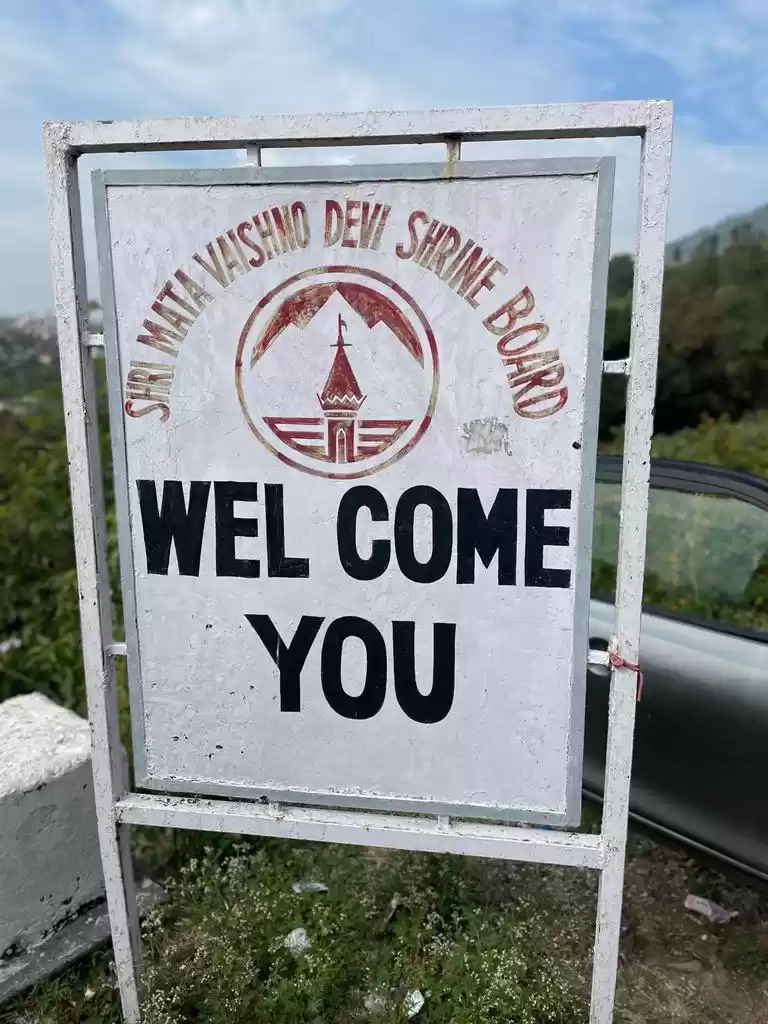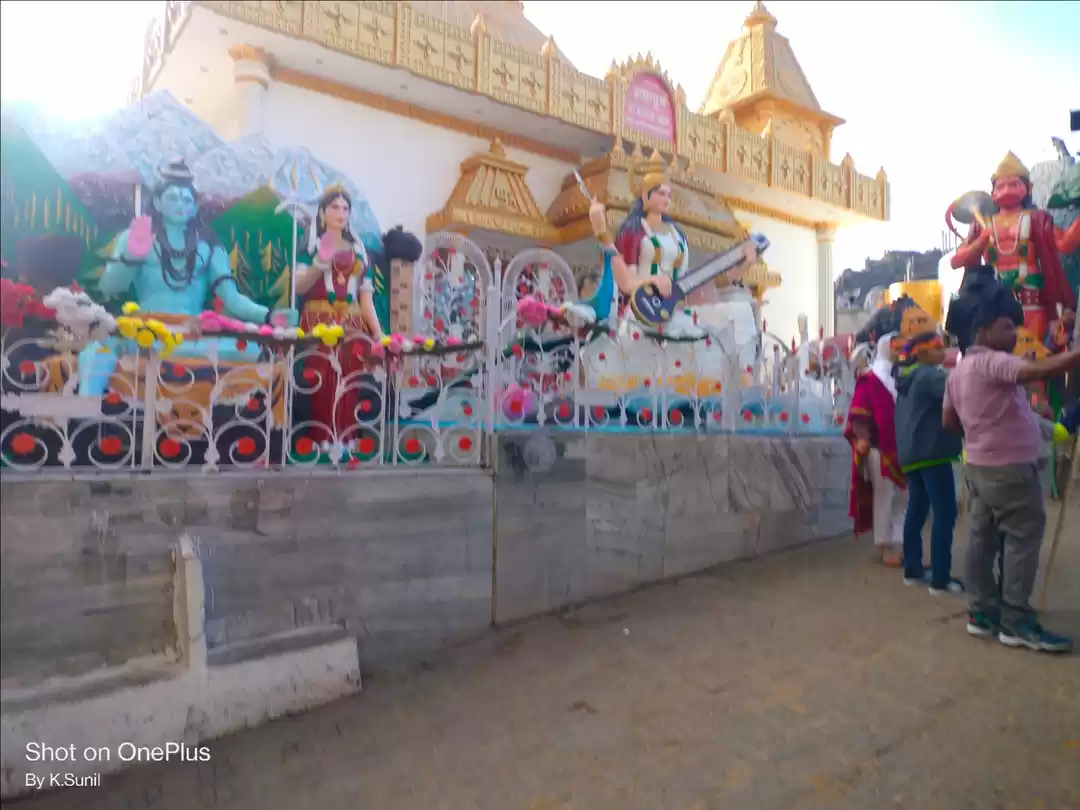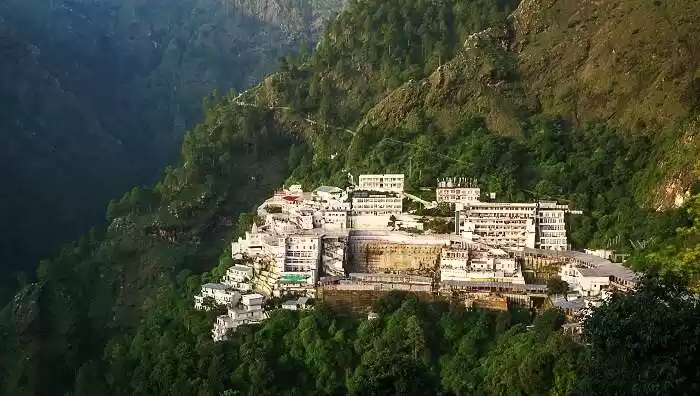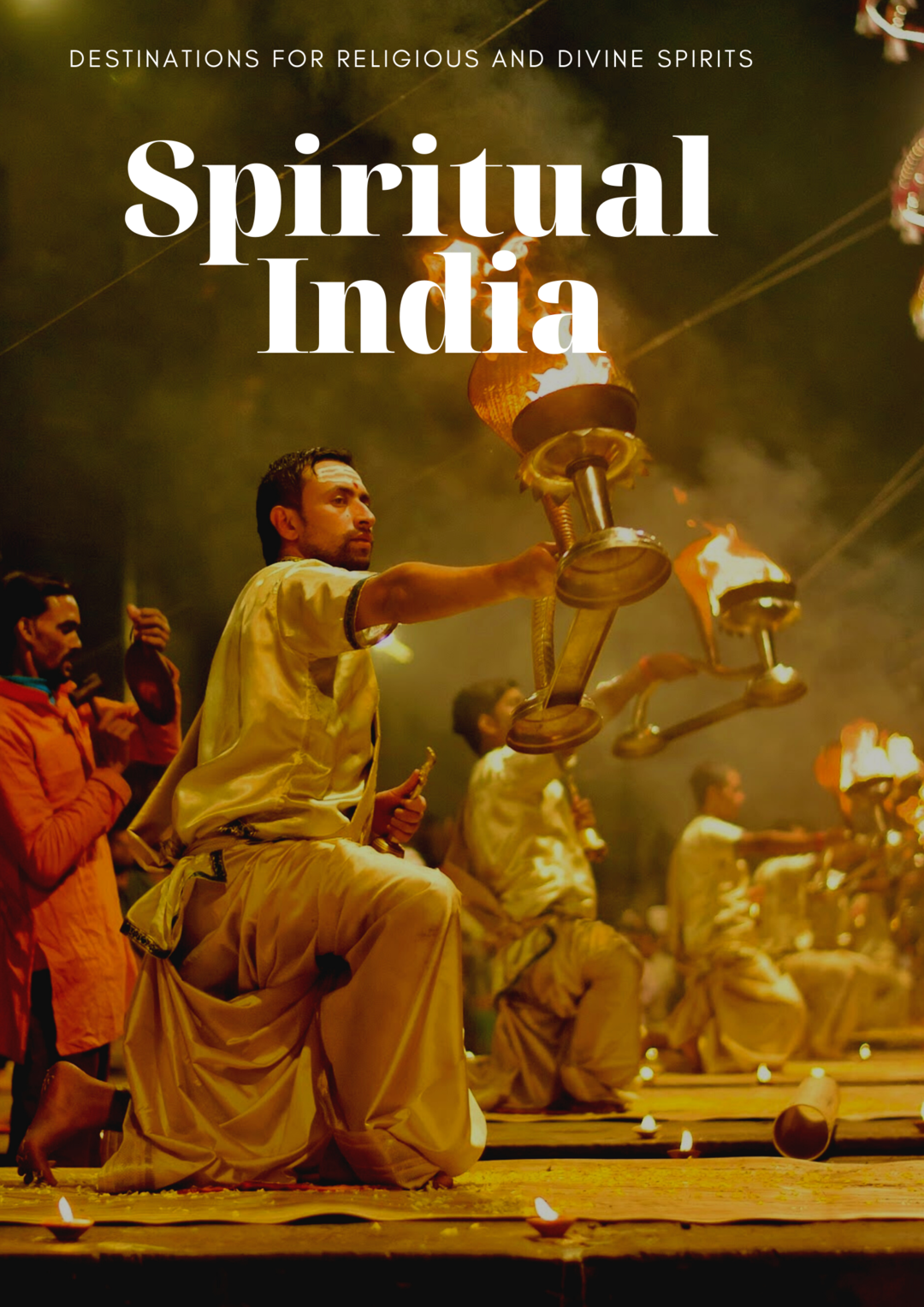
Wrestled between 3 Trikuta Mountains, Maa Vaishno Devi shrine is visited by millions of devotees round the clock from across the globe. Reaching her divine abode calls for an exciting trek of close to a distance of 12-13 kilometers broadly divided into two trenches. The trek starts from Banganga rivulet in Katra located 2800 ft above sea level to reach Adhkuwari supposed to be the mid point to reach Bhawan – the venue of holy temple. It is 6 kilometers in old route through Charanpaduka and is 7 kilometers in newly constructed road route.

Adhkuwari is located at a height of 4800 sq. ft above sea level and is at a distance of 5.5 kilometers from Bhawan – the main sanctum sanctorum located at 5200 sq. ft. above sea level. The devotees can pass through Himkoti and travel 6.5 kilometers crossing Sanjichaat peak at 6200 sq. ft. above sea level where the helipad services are available for choppers from Katra when the weather is good. Bhaironath Temple is another 2.5 kilometers from bhavan located in all at a distance of 14.5 kilometers from Banganga (Katra).
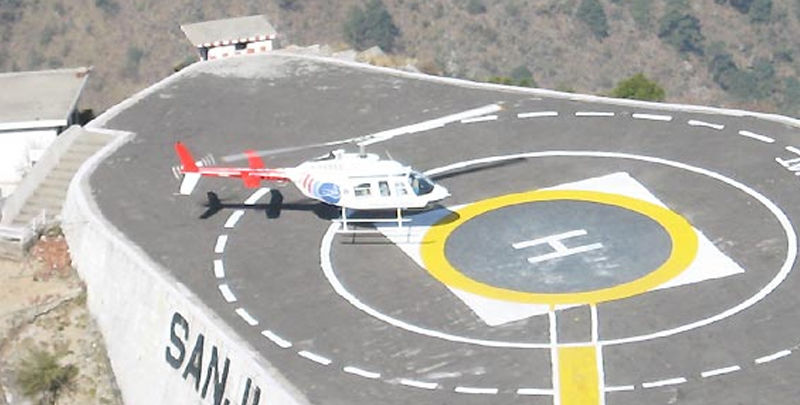
Reaching the temple sanctum sanctorum from Katra to the temple town at Bhavan is possible through helicopter, horses and palanquin. The infants are assisted using perambulators. The other option is by walk. Most of the devotees – old, young, adolescents and even infants walk the way up the hills holding sticks nd calling out ‘Jai Mata di’ that provides the blessings and adrenaline to undertake the journey. The determination to reach the temple town provides strength.
The road up the hills on either side is so engaging that they are dotted with shops selling souvenirs, long sticks to help devotees get support to walk, message parlors to relax, studios for quick snap, snack bars, restaurants, medical shops, tea and juice stalls. The public announcements of shrine board keeps guiding the devotees about first aid facilities, security posts, resting places, important shrines and tourist spots and share other advisories. The track is so vibrant with devotees and trading activities that the strain of walking is hardly felt. The intermittent horse traffic, the ongoing road construction and assisted devotees provide a different view. But people are absorbed in visualizing the pleasure of having darshan of Maa Vaishno Devi as fast as possible.

Though the time taken to reach Ardhkuwari depends upon age, pace and state of health of devotees, the average time is 3.5 to 4 hours from Banganga covering a distance of 6 kilometers. It is a good development that limited services of electric vans are available from Ardhkuwari to Bhawan for which piligrims may have to wait for their turn. They can also be booked online but it may not be an assured option. We waited for 2.5 hours at Ardhkuwari to get hold of the electric cab to reach Bhawan in 20-25 minutes. Continuing walk may take another 3 to 4 hours to reach Bhawan the ultimate destination to reach the divine abode. We had to walk another 1 to 1.5 kilometers to reach the temple from the check post where we alighted the electric cab. But reaching that stretch by electric cab was a great respite and comfort. After having darshan we walked back thanking the merciful Maa Vaishno Devi for Her blessings and grace in making our journey successful. Since it was well past 6 pm the cable car service to Bhaironath temple was not available and hence was not possible to visit the shrine. We took back the electric cab to Ardhkuwari and started walking back to Banganga. Walking down the road has its own challenges but with the blessings of presiding deity everything was possible. The strain and stress vanishes. We slowly and steadily moved down the road applauding the enthusiasm of those going up the road and resting at few places. The night traffic of mules and horses carrying merchandize and cooking material up the hill from banganga was too much causing inconvenience to pedestrians. It reflects upon how the routine commercial life of people living and doing business in hillocks is conducted with the help of domesticated animals.
We reached banganga, Katra in next 4 hours rejoicing the thrill of exciting journey up the hills to the divine abode and got blessed. Many pilgrim comforts and conveniences have developed on the trek but what were missing are the services of voluntary organizations rendering free services that normally come up. We understand that the Shrine Board is providing free langar on the new route that we did not use. It is one kilometer more in distance and does not carry the traditional fervor and bustling divine enthusiasm that is in abundance in the old track. It is an experience of lifetime to visit the holy shrine that we enjoyed the most.

Passengers thronged the impeccably maintained Katra Railway station to board Vande Bharat Express on October 25, 2019. An escalator/stairs leads the passengers to the sprawling platform where the sparkling train is parked with doors closed. The landscaping and green lawn adjacent to the platform is an added attraction for waiting passengers. There is no eatery or snack bar on the platform that helps maintain cleanliness and hygiene unlike other railway platforms.

The doors opened just 15 minutes prior to the departure time. Looking to the special aura of the train, people resist the temptation to create the usual chaos to board the train and in occupying seats. The vestibule coaches look smart with unformed coach attendants trying to wear smile to welcome passengers. Despite clear marking of seat numbers and enough overhead rack space, passengers still struggle to remain ahead to store baggage.
The four electronic TV display units on all sides of the coach welcome the passengers while the messages about train status scrolls on the overhead display unit like in Delhi Metro trains. The announcement about departure, next station and destination is done from time to time. The time and speed of the train is indicated.
As the journey starts with Train - 18 rolling out of the platform, the sight of the holy trikuta mountains, the abode of Maa Vishno Devi shrine recedes fast heading towards Jammu Tawi, the next station. The light snacks, beverages begin to engage people while the hilly green terrain, valleys and streams attract the travellers in the midst of scenic beauty of parts of Jammu that provides pleasant experience peeping through the wide and clean windows.
As the train moves out of Jammu Tawi station and little later the J & K state, the internet comes live making people shift attention to their mobiles messages. The Wifi in the train did not work. Moreover, the 4 TV panels fitted at the rare continuously displayed information that was not clear to most of the passengers except few rows close to it. However, intermittent audio announcement of next station and destination station was clear. The cleaning staff briskly moved in corridors to keep the coach and wash rooms clean. But it is disappointing that some of the passengers in their usual style continue to litter washrooms throwing tissues and splashing water all over.
Then comes Ludhiana station beginning activity of serving dinner. The quality of food and snacks is not up to the mark to keep up the hype of specialty of the train. It is like any other food available at the wayside stations. No special monitoring of quality of food. The bug of awarding contract by railways/IRCTC to the lowest bidder seems to haunt food supply like in many other Rajdhani and Shatabdi trains. Some concrete steps should be taken to improve food quality even if it warrants increase in inbuilt fare.
Ambala greets the train as the hustle and bustle of dinner wraps up with 2 hours of left over journey to reach Delhi. The train reaches outskirts of Delhi much earlier but it hits the platform in time due to slowdown near the station. The experience is definitely better with more leg space. Fitting few more TV panels with popular movies and better food can enhance experience. A small pantry with eatables on sale can also be an option. There has to be a code of conduct on display for passengers in using the amenities and making the journey co-passenger friendly. More such special trains need be introduced and more railway stations should be maintained like Katra Station.
Travelogue by: Dr. K. Srinivasa Rao













